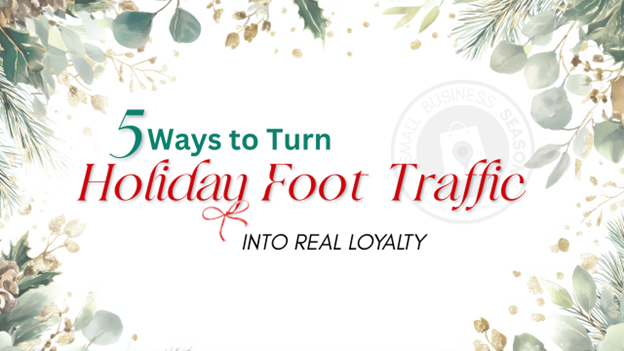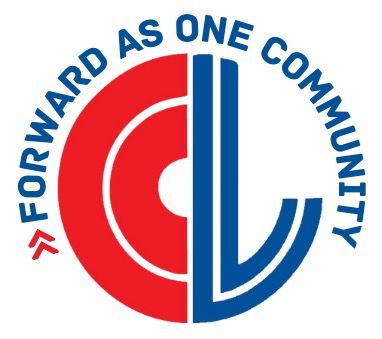16 Questions to Use to Prepare for Small Business Season Success
Do you find yourself wondering how you’re going to compete with larger, national stores with big marketing budgets and attractive loss leaders that bring in a crowd? How will you capture the attention of local shoppers, dinner, or service users? Well, we’re here to equip you with a set of insightful questions to ask yourself, your employees, and your customers for big returns this holiday. By embracing these questions, you will not only position your business for the holiday rush (and revenue!) but also foster a stronger connection with your local audience.
Self-Reflection Questions for Small Business Owners (That’s you!)
- What unique holiday offerings can my business provide? How am I helping? Is it a direct way like providing the perfect gift or an indirect way like cleaning the house to make way for family? Use that angle to get right to how you’re solving your customer’s problems or needs.
- How can I enhance the shopping experience for customers during the holidays? The longer they stay (in-person or online), the more they will buy.
- Am I effectively leveraging social media and other marketing channels to promote my seasonal promotions? Yes, you do have enough time in the day! Schedule posts while watching TV. Have fun with them. Do some video.
Employee Engagement Questions (You need loyal employees during the maddening holidays)
- How can we streamline our processes to handle increased holiday traffic?
- Are my current employees already burned out?
- What training or support do employees need to provide exceptional customer service during peak times?
- Are there creative ways to boost team morale and motivation during the busy holiday season?
Customer-Centric Questions
- What products or services are our customers most interested in during the holidays?
- How can we gather feedback from customers to improve their shopping experience? Traditional surveys are becoming tiresome. Do something creative.
- Are there loyalty programs or exclusive deals we can offer to show appreciation for our customers' support?
Community Engagement Questions
- How can we collaborate with other local businesses to create a festive atmosphere in the community? The chamber can help match you with a solid partner.
- Are there charity partnerships or local events we can participate in to give back during the holiday season?
- In what ways can we showcase the unique aspects of our community through our business?
Adaptability Questions
- How can we adjust inventory and company procedures to meet increased demand?
- Are there flexible payment options or gift card promotions that can attract more customers? Many businesses give a bonus $10 gift card when you buy $100. This is a nice bonus for them and often means more money for you. Especially because 61% of consumers spend more than a gift card's value when redeeming (on average $31.75 more than the card's value).
- What strategies do we have in place for online sales and curbside pickup to accommodate different shopping preferences? As nice as it is to enjoy the lights and holiday merriment, some people would rather avoid crowds and the difficulty behind trying to find a parking space.
In the spirit of Small Business Season, let these questions serve as a compass for navigating the upcoming holiday rush. By proactively addressing these aspects of your business, you not only set the stage for a successful season but also contribute to the vibrant tapestry of your local community.
-------
Christina Metcalf is a writer/ghostwriter who believes in the power of story. She works with small businesses, chambers of commerce, and business professionals who want to make an impression and grow a loyal customer/member base. She loves road trips, hates exclamation points, and already has her Christmas tree up.
_______________________________________
Twitter: @christinagsmith
Facebook: @tellyourstorygetemtalking
Instagram:@christinametcalfauthor
LinkedIn: @christinagsmith




